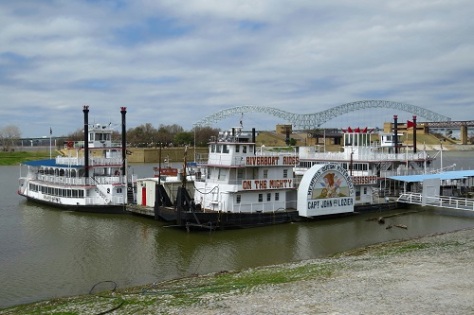As I wrote in my post about Hot Springs, when I realized I needed to meet a friend from Dallas in New Orleans on Easter weekend (and then drive back together to Dallas), I immediately began to think about what road trips I might tack on to the journey. I ended up making a loop from Dallas through Arkansas to Memphis, then down the Mississippi River Valley to Cajun Country and finally New Orleans. My sister joined me for most of the trip, meeting me in Dallas and flying out of New Orleans.
While adding Hot Springs and Cajun Country was somewhat unusual, it turns out that the Memphis-Clarksdale-Vicksburg-Natchez-New Orleans route is pretty standard for travelers. The landscape is rather uninspiring, but we met many interesting locals along the way and there is lots to see and do. In fact, although I always feel I could have used more time, in this case I really could have used at least two more days (we arrived in Memphis on a Saturday afternoon and in New Orleans the following Friday) because both Memphis and Vicksburg/Natchez felt rushed.
The first part of our Mississippi River journey was focused on music, mostly the blues. We started in Memphis, Tennessee, then drove down the Delta Blues Highway (Route 61) to Helena, Arkansas; Clarksdale, Mississippi; and Dockery Farms, before heading out to Rosedale to follow the Great River Road (Route 1) to Vicksburg.
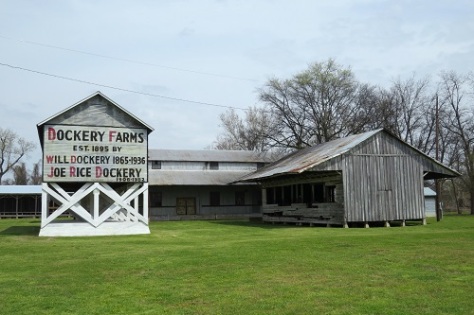
Because we were in Memphis for only one night, we splurged and stayed in the Peabody Hotel, home of the famous Peabody Ducks, who live upstairs on the roof and march into the lobby fountain every day at 11am and out again at 5pm. In addition to providing this entertaining spectacle, the Peabody is conveniently located right downtown near Beale Street. It’s a perfectly nice hotel, but pricey. Still, it saved a lot of time being able to walk to most things we wanted to see.
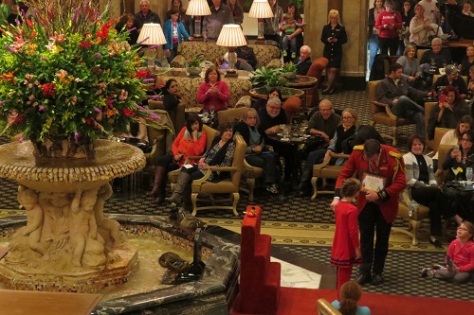
Since time was short, we bypassed both Sun Studios and the Stax Museum to focus on Beale Street and the Memphis Rock ‘n’ Soul Museum, which evolved out of a traveling Smithsonian exhibition and tells the broader story of Memphis music history, from gospel and blues to rockabilly, rock ‘n’ roll, and soul. The path through the exhibits isn’t always intuitive, but in addition to the basic audio tour, there is an incredible amount of additional musical content to listen to as you go. I discovered many songs that I later added to my collection.
On our way south out of town, we made the de rigueur pilgrimage to Graceland. Graceland attracts about 600,000 visitors a year and you certainly feel them on the tour. Although we didn’t have to wait too long (and I was able to grab a delicious grilled peanut butter and banana sandwich at Rockabilly’s Burger Shop while waiting), you are really rushed through the house. Still, the décor is interesting—to say the least—and I’m glad I saw it.
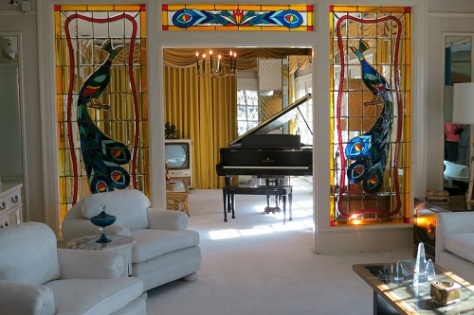
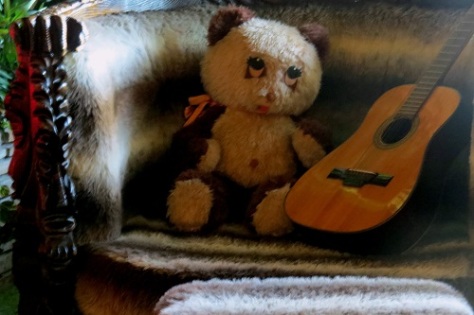
Besides discovering the wonder of a grilled PB&B (seriously, that was tasty), we did pretty well food-wise in Memphis, eating dry-rubbed ribs at the famed Charlie Vergos’ Rendezvous (good, but I prefer sauce myself) and sweet potato pancakes at the Arcade Restaurant, the “oldest restaurant in Memphis” and set of Jim Jarmusch’s Mystery Train. Really this whole section of the city looks like a timeless movie set.
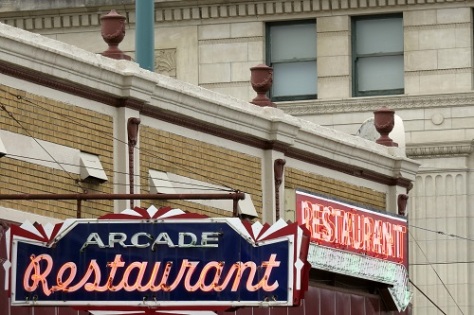
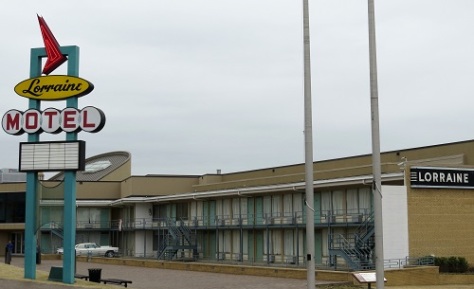
After Memphis, we headed down the Delta Blues Highway to Helena, Arkansas. This once-thriving mill town, thirty miles north of Clarksdale but on the other side of the Mississippi River, is home to the King Biscuit Time live radio show, which broadcasts out of the Delta Cultural Center. King Biscuit has been on the air since 1941 and is the longest-running daily blues show; Sonny Payne has been hosting it since 1951. There’s not much else in town, but if you find yourself in the area around 12:15pm, do stop in to watch the broadcast. Sonny is an absolute delight at eighty-nine years young. Luckily, our host at the beautiful Edwardian Inn had warned us that he is quite deaf, otherwise I think we would have been even further unprepared when he surprised us with an impromptu on-air chat (check us out around minutes 14 and 27 as we try to keep it together, communicate, and plug the sponsor despite Payne’s poor hearing and even poorer jokes).
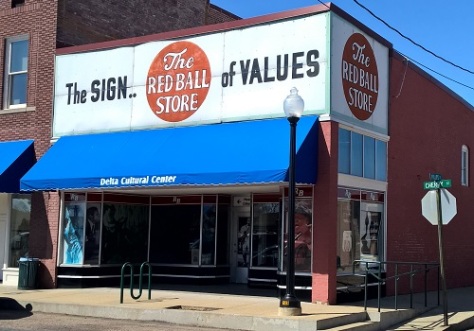
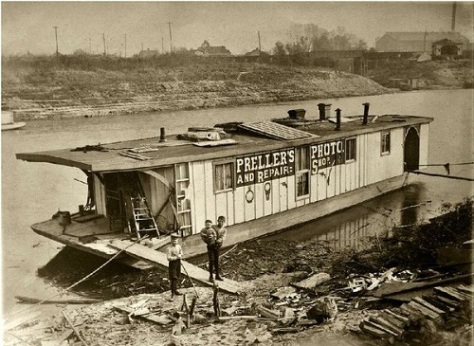
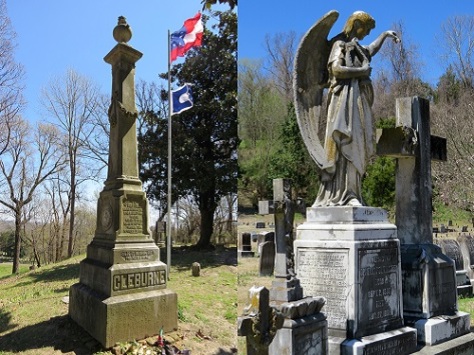
As mentioned on the above radio show, in Clarksdale we stayed at the Shack Up Inn, a unique, laid-back place to soak up blues culture. Clarksdale is the hub of Delta blues and even on the slow days of the week it offers up incredible musical performances. The folks at the Shack Up will let you know where to go each night. The Monday we were there we took in the Iceman Blues Review and Watermelon Slim at the Bluesberry Café. We had actually come across Slim earlier in the day picking at his guitar on the street outside of Cat Head. At the Delta Blues Museum, housed in the former train depot, we encountered Josh “Razorblade” Stewart, a wizened old local featured in one of the exhibits, who told us story upon story about performing the blues, Morgan Freeman, and whatever else he could come up with. I gave him $10 for his troubles and a CD, which turned out to be rather good, much to my surprise.
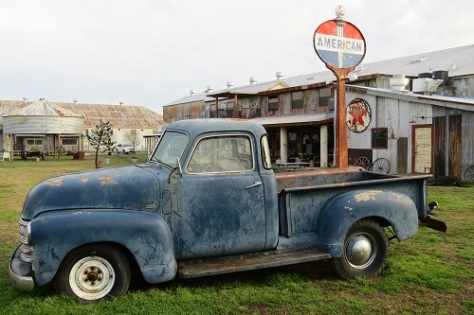
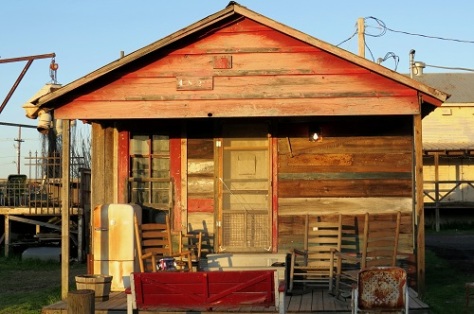
While the music was great, it is still often all about the food, and we ate our third barbecue in five days at Abe’s BBQ at “The Crossroads” (the intersection of Hwy 61 and Hwy 49). I think these were my favorite ribs of the trip (for those keeping score, McClard’s in Hot Springs had the best slaw, Charlie Vergos’ Rendezvous had the best beans). Unfortunately, the nearby Delta Donuts, which I had also read about beforehand, burned down not that long ago. If you need to walk off some barbecue, Clarkdale’s downtown is worth a meander. In addition to the museum, check out Cat Head (and talk to Roger if you’re interested in history), Hambone (a music space/gallery with art by Stan Street), and Miss Del’s General Store.

After a day spent mostly on the backroads of Mississippi, we arrived in Vicksburg very late in the afternoon. Located on a 300-foot-high bluff on the Mississippi River, this town is best known for being the last Confederate stronghold on the river, surrendering on July 4, 1863, after a siege lasting forty-seven days. Upon arrival, we headed straight to our main goal, the expansive Vicksburg National Military Park. Good thing we arrived when we did because we really had to hightail it to complete the battlefield drive in the hour or so remaining to us. This park hadn’t been very high on my sightseeing list, but I must admit it is quite impressive. The full drive around the park is sixteen miles and scattered over the former Civil War battlefield are 1330 monuments and markers, including trench markers for the Union and Confederate sides. It really helps one get a sense of how the battle played out. As we exited, it was clear that the park is also a popular after-hours spot for local runners and walkers.
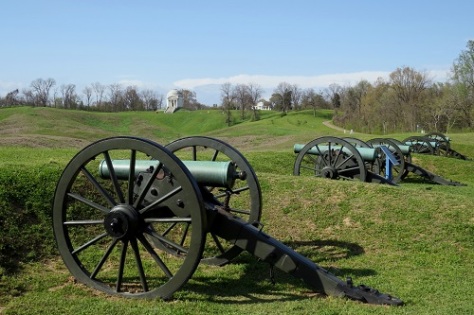
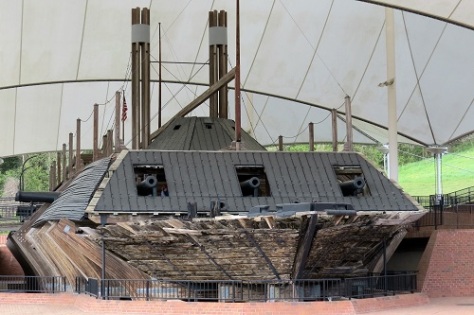
Our final stop in Mississippi was Natchez, once home to more millionaires per capita than any city in the world (back in the 1840s when cotton was king). To get there, we took the Natchez Trace Parkway, which extends almost 450 miles from Natchez on the Mississippi River to just south of Nashville, Tennessee. The parkway follows the long-standing travel corridor established between the traditional homelands of the Chickasaw, Choctaw, and Natchez and designated by Thomas Jefferson as a national post road. While the Trace could easily serve as the base for its own road trip, we traveled on only the small portion between Vicksburg and Natchez. One reason I wanted to travel the Trace, in addition to its being a lovely drive, was to visit Emerald Mound, the second biggest ceremonial mound in the United States, after Cahokia (which I learned about in the U.S. history textbook I recently edited). It’s not very exciting (just a graded, flat-topped hill really), but I was happy to have a visual frame of reference for what these mounds actually look like in the wild. You could also stop and hike part of the original Trace at mile-marker 41.5 near Port Gibson.
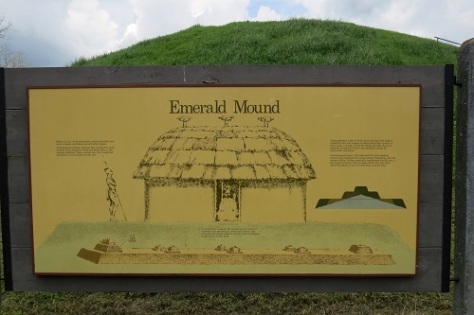
Natchez is the oldest European settlement on the Mississippi River, predating New Orleans by two years. Today, it is best known for the Natchez Pilgrimage: the annual tour of the city’s antebellum mansions. I loved touring Rosalie Mansion, which served as Union headquarters after the city’s surrender (and so was able to keep most of its original furnishings intact), and Stanton Hall; however, the lack of acknowledgement of the role slavery played in building these fine homes was disappointing. For that reason, I’m happy we were also able to visit the William Johnson House, a National Park historic site. Admittedly, we originally chose this destination because it was free, but the house/museum was fascinating. Johnson, a free person of color who apprenticed as a barber after being freed by his presumed father, owned three barber shops in antebellum Natchez. As a businessman, he owned slaves, but through his diaries and the house exhibits, the park service provides more insight than the pilgrimage homes into the city’s less-glamorous past.
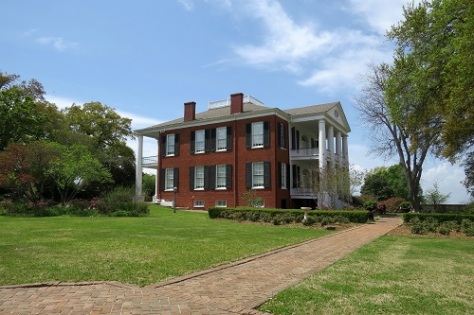
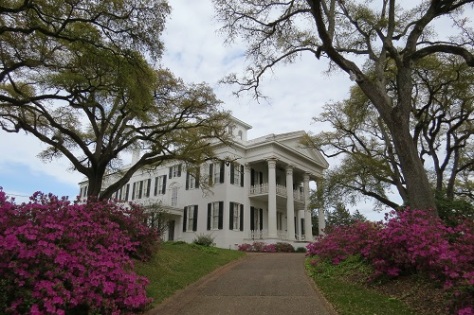
Speaking of things less than glamorous, our last stop in Natchez was the Under the Hill Saloon. A favorite of Mark Twain back in the day, this riverside watering hole possessed the perfect collection of eccentric locals (drinking in the middle of the day) to cap off our Mississippi tour. My favorite moment was when the drunken flirt next to me heartily recommended Greg Iles when I asked about local authors, but then had to ask the bartender whether he wrote fiction or non-fiction. [Side note: I ended up buying his The Quiet Game in a New Orleans bookstore and would put it in the category of very good airplane reading.]

But wait! The sun has not yet set on this Mississippi River tour, tune in tomorrow for some time down on the bayou…
